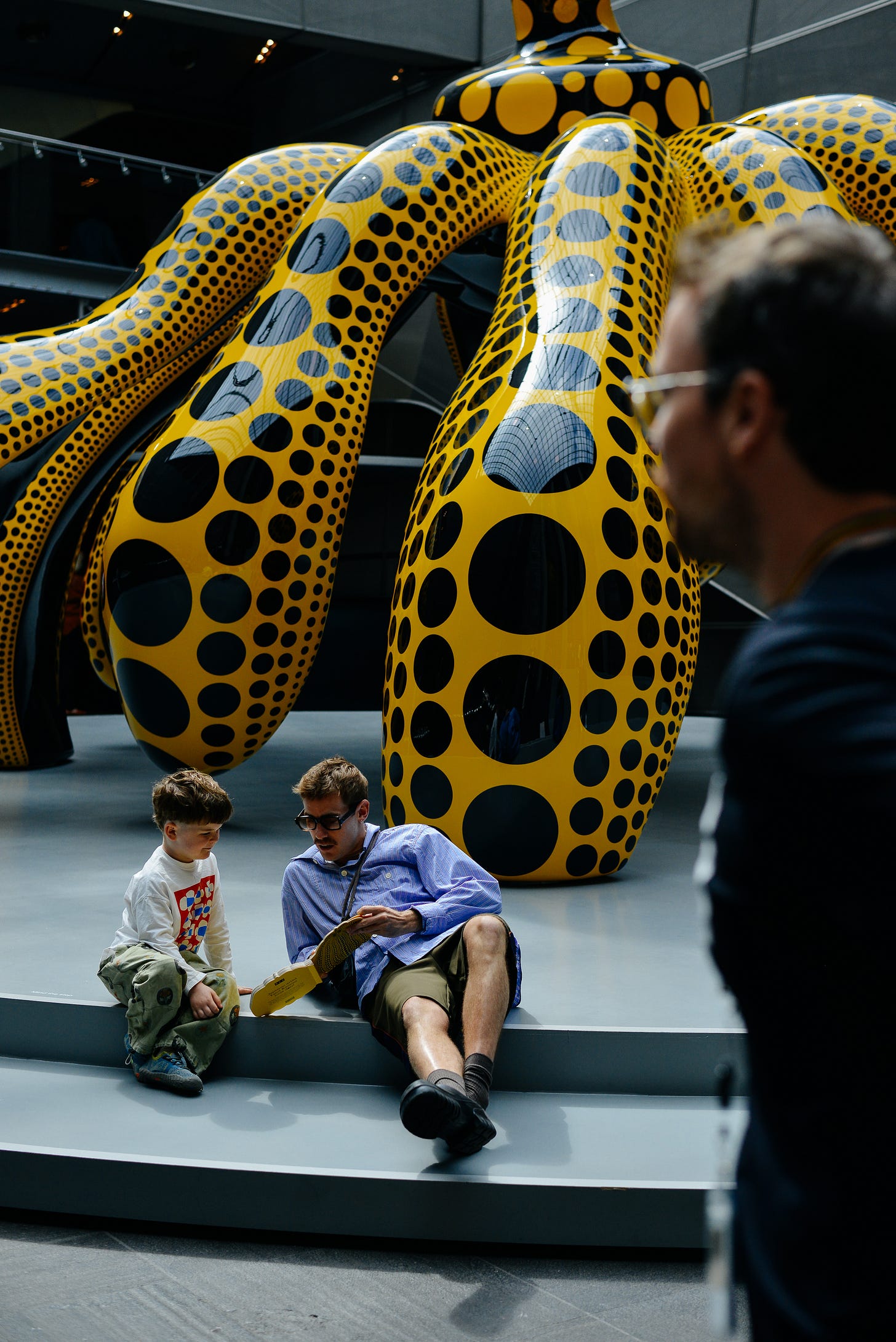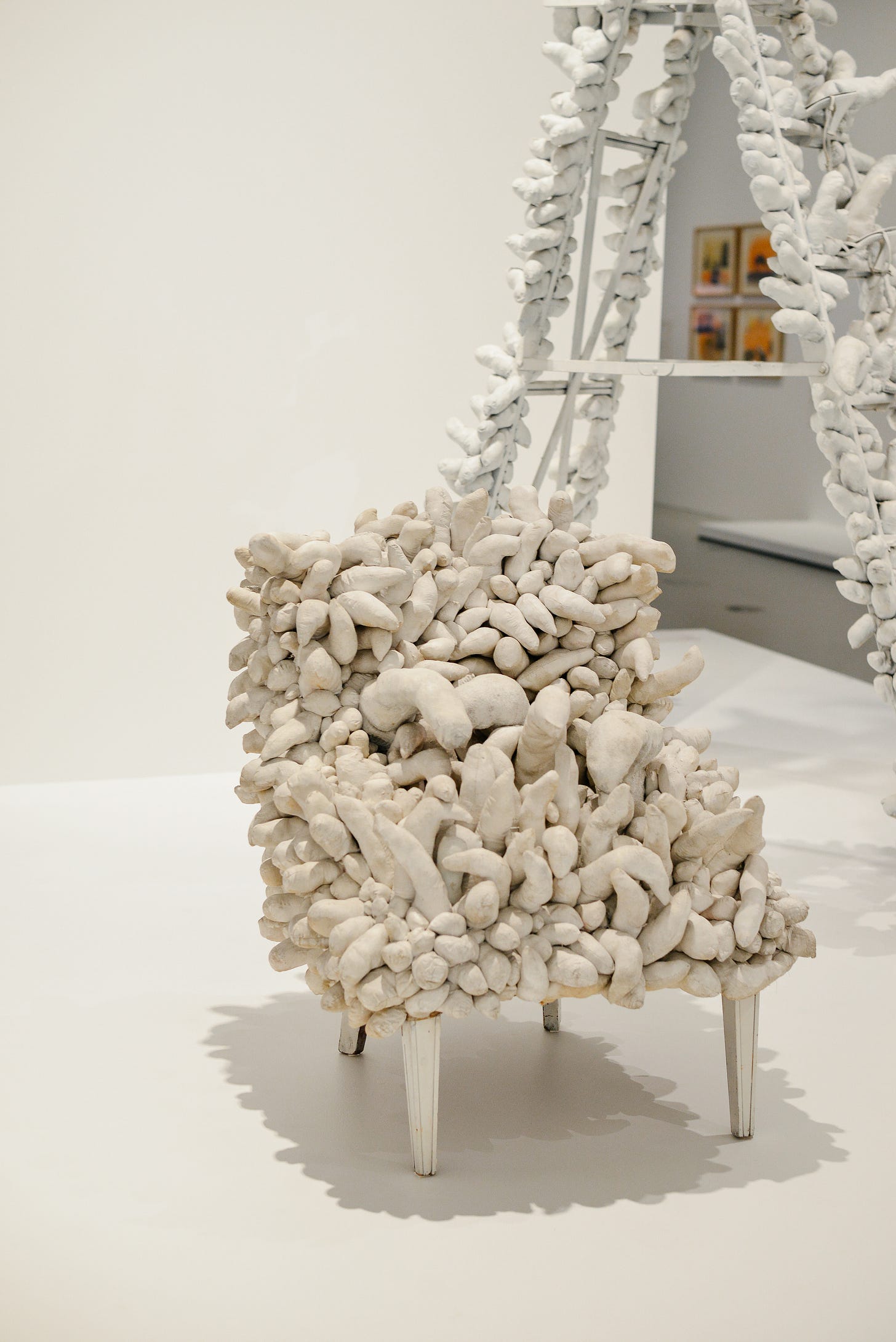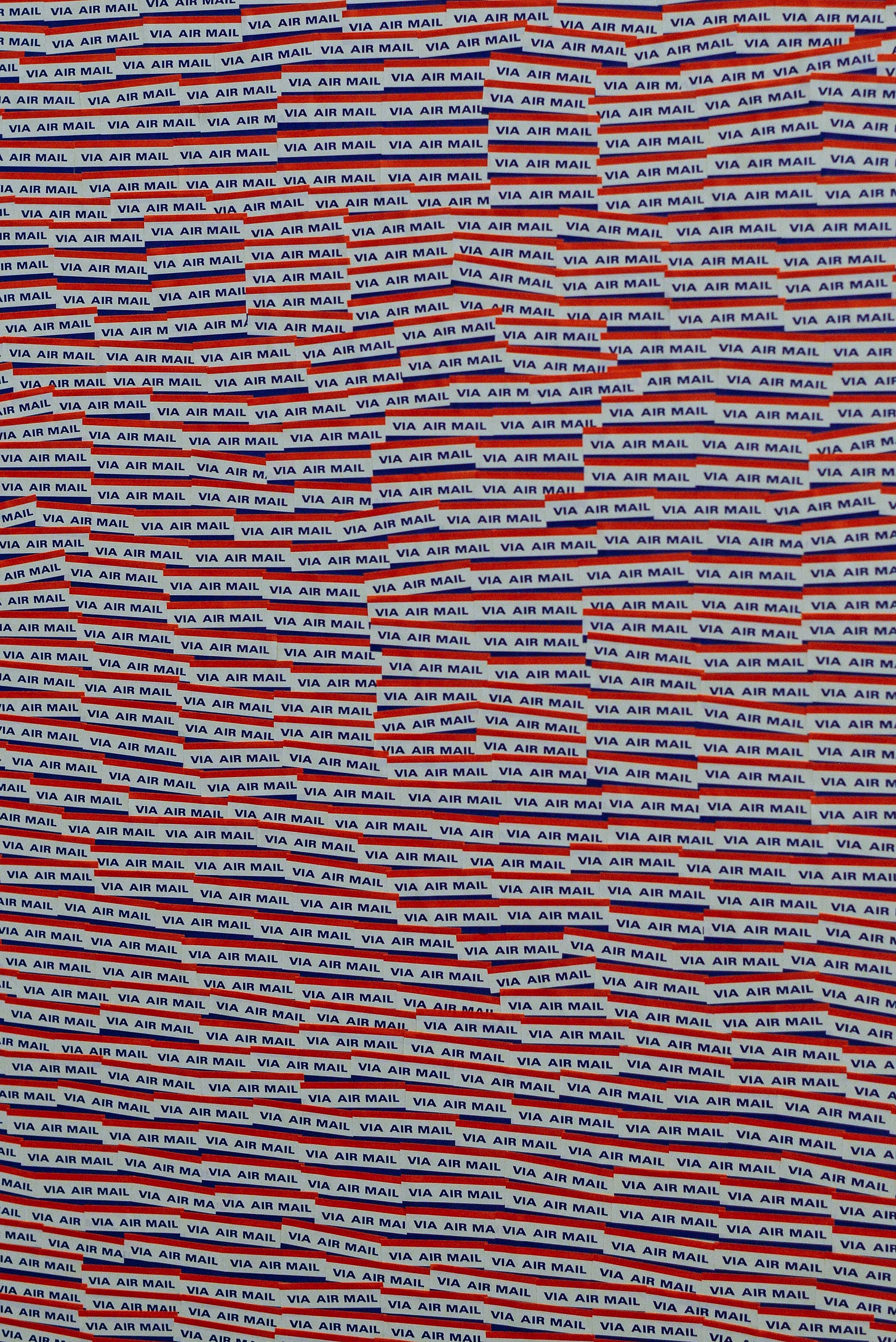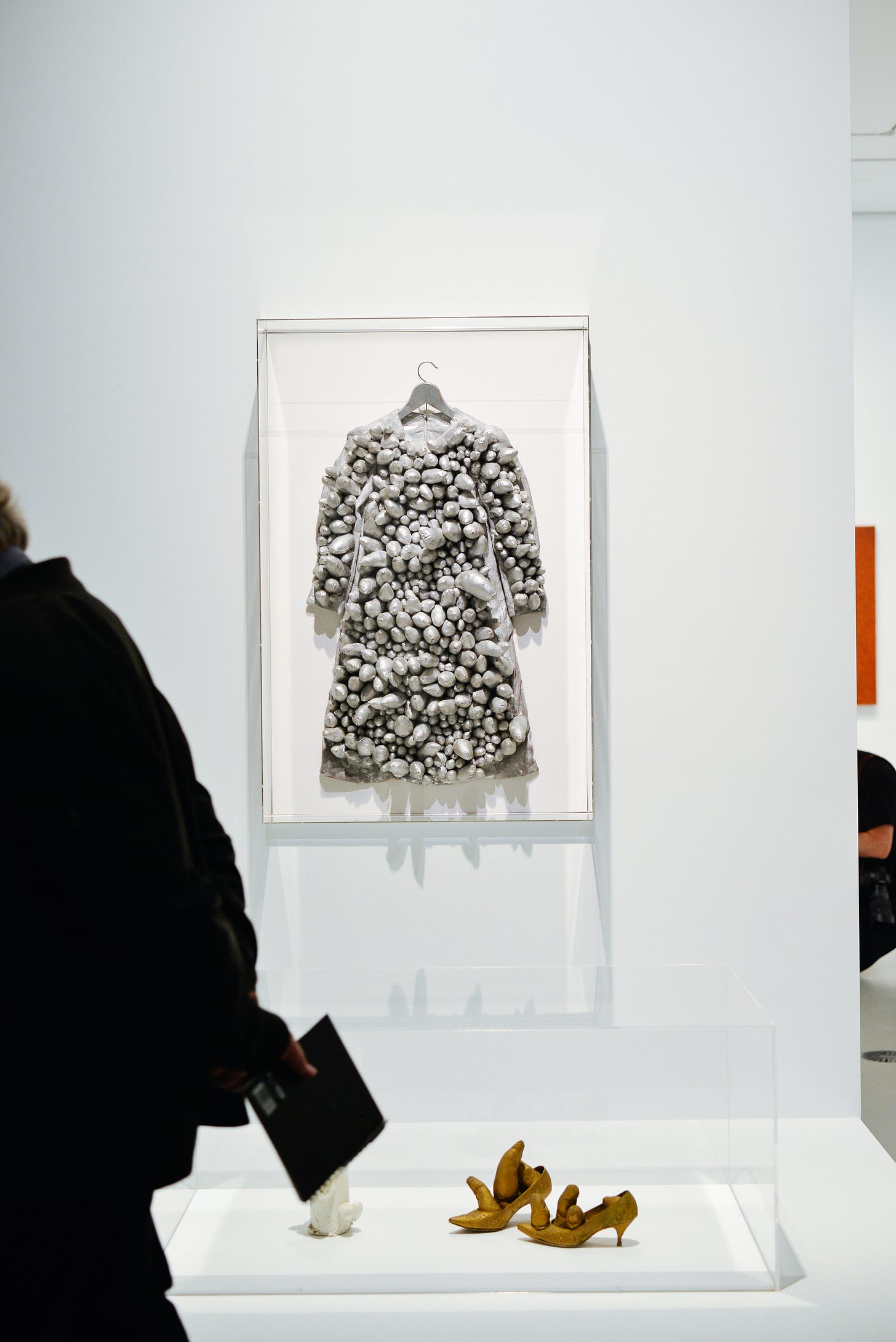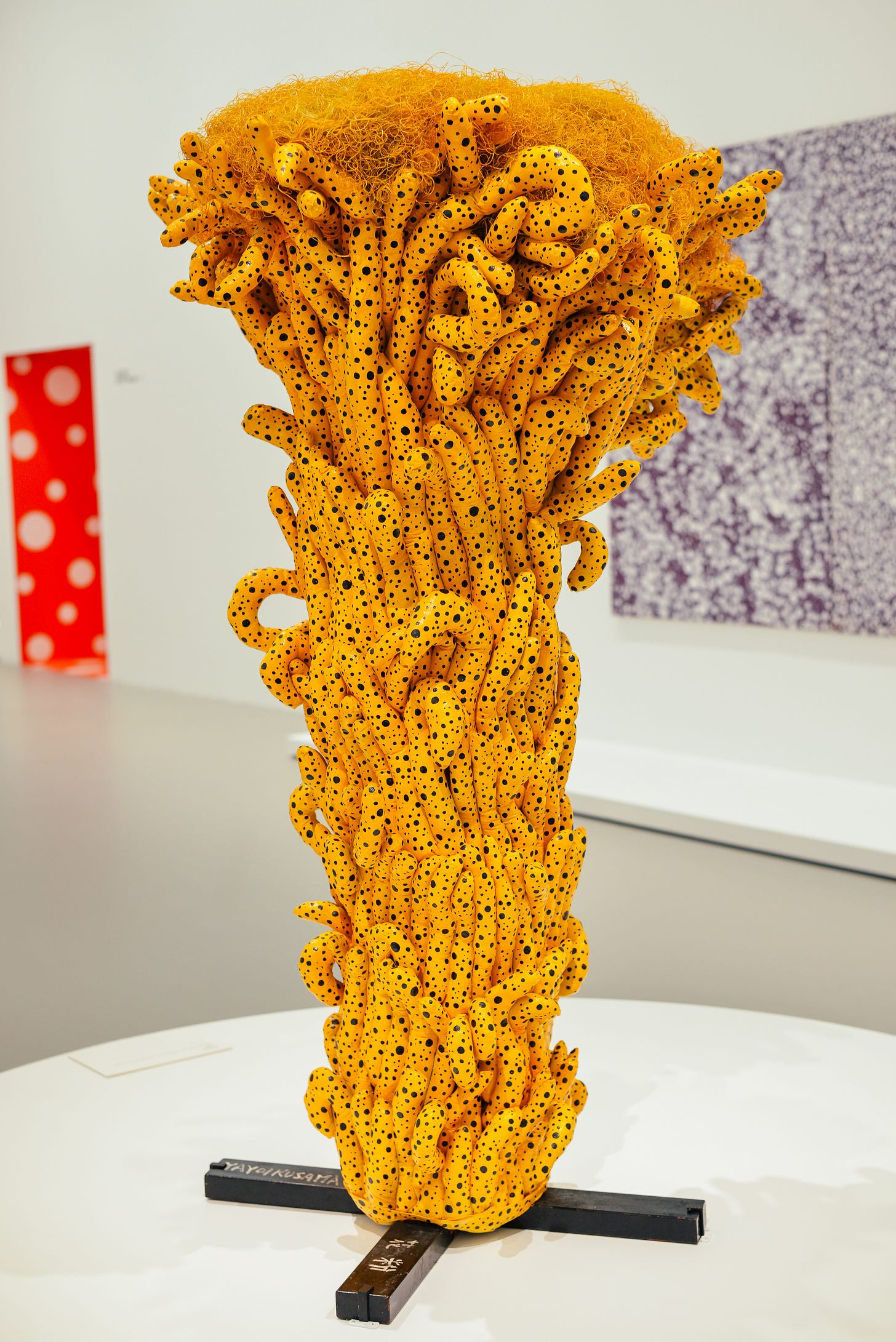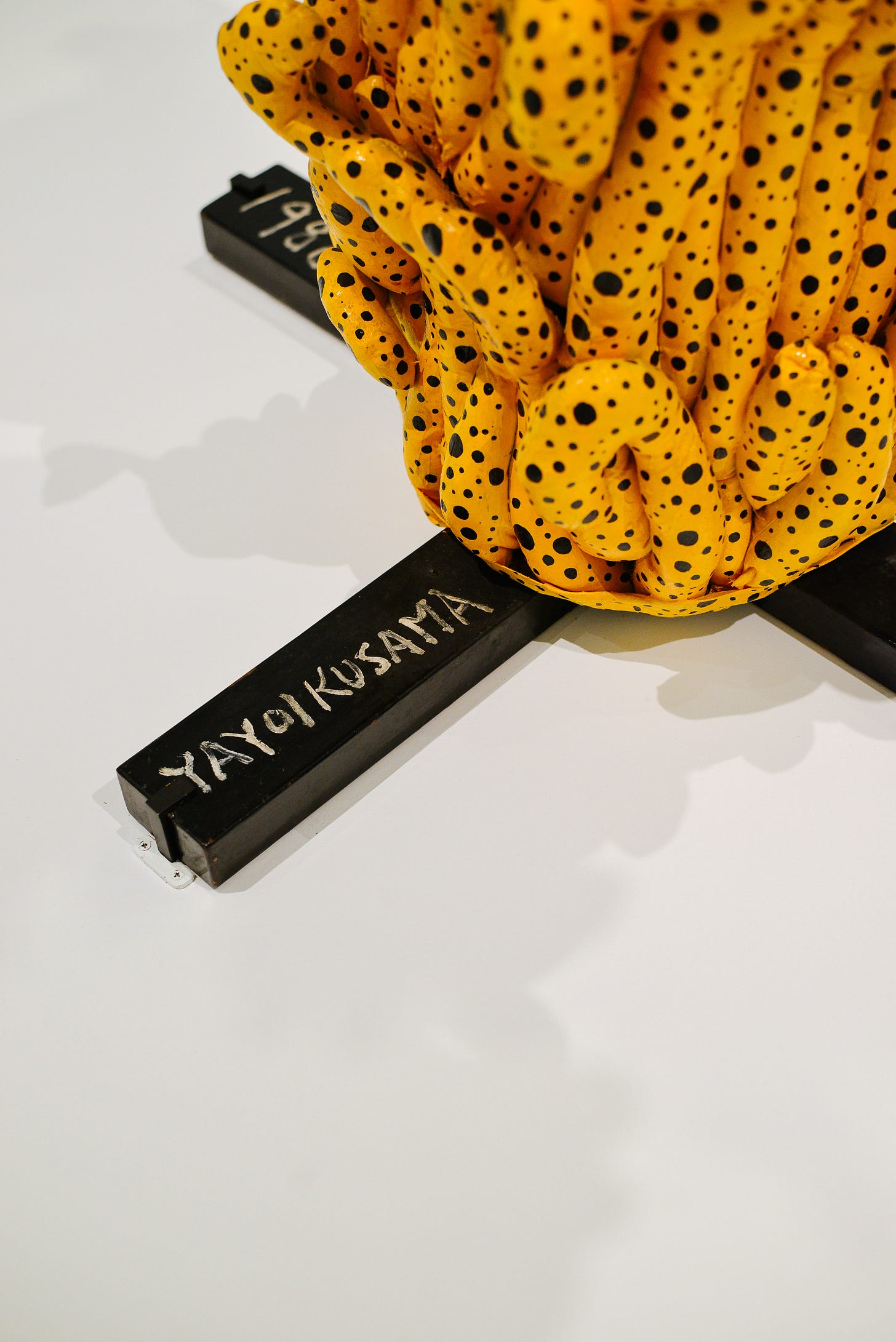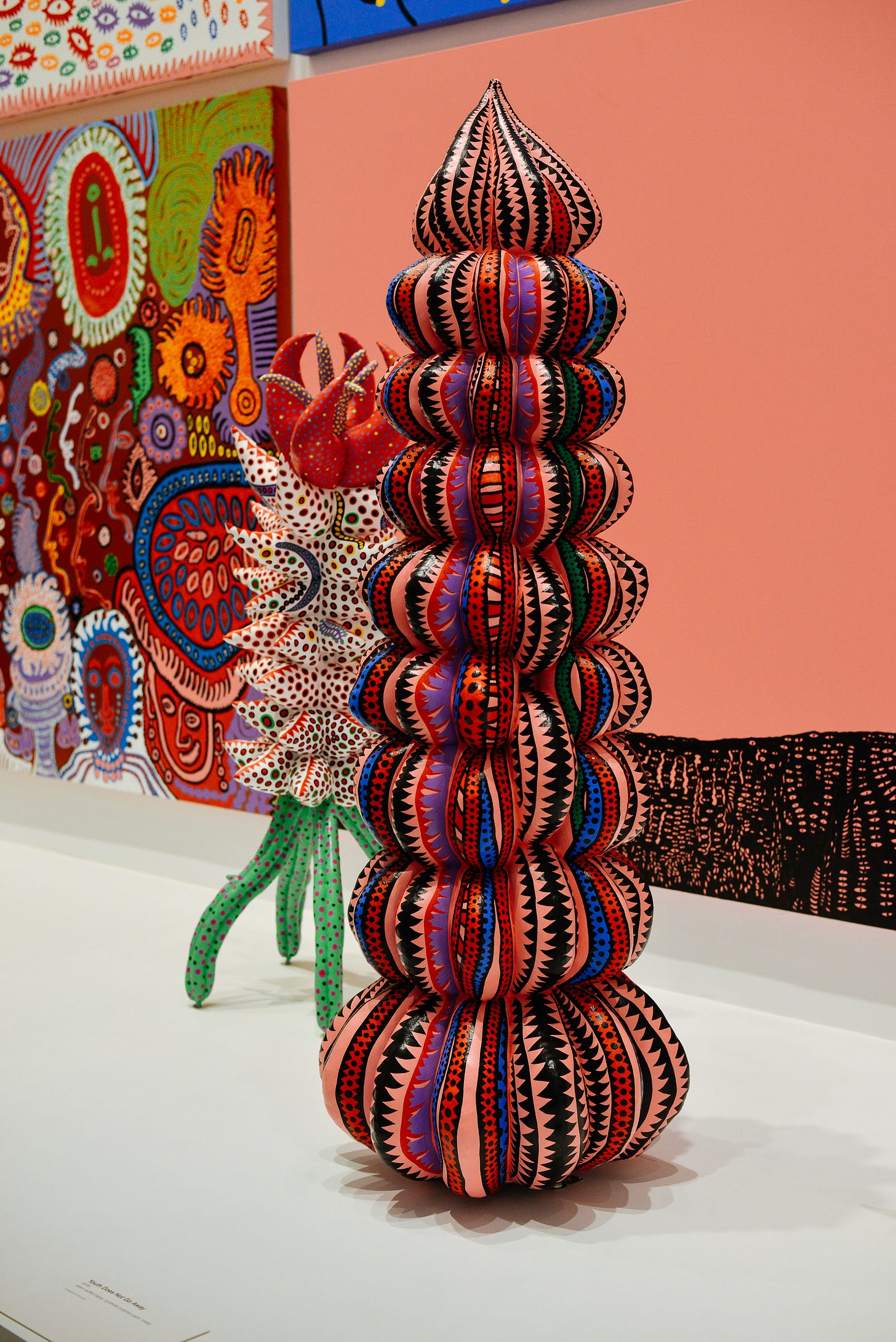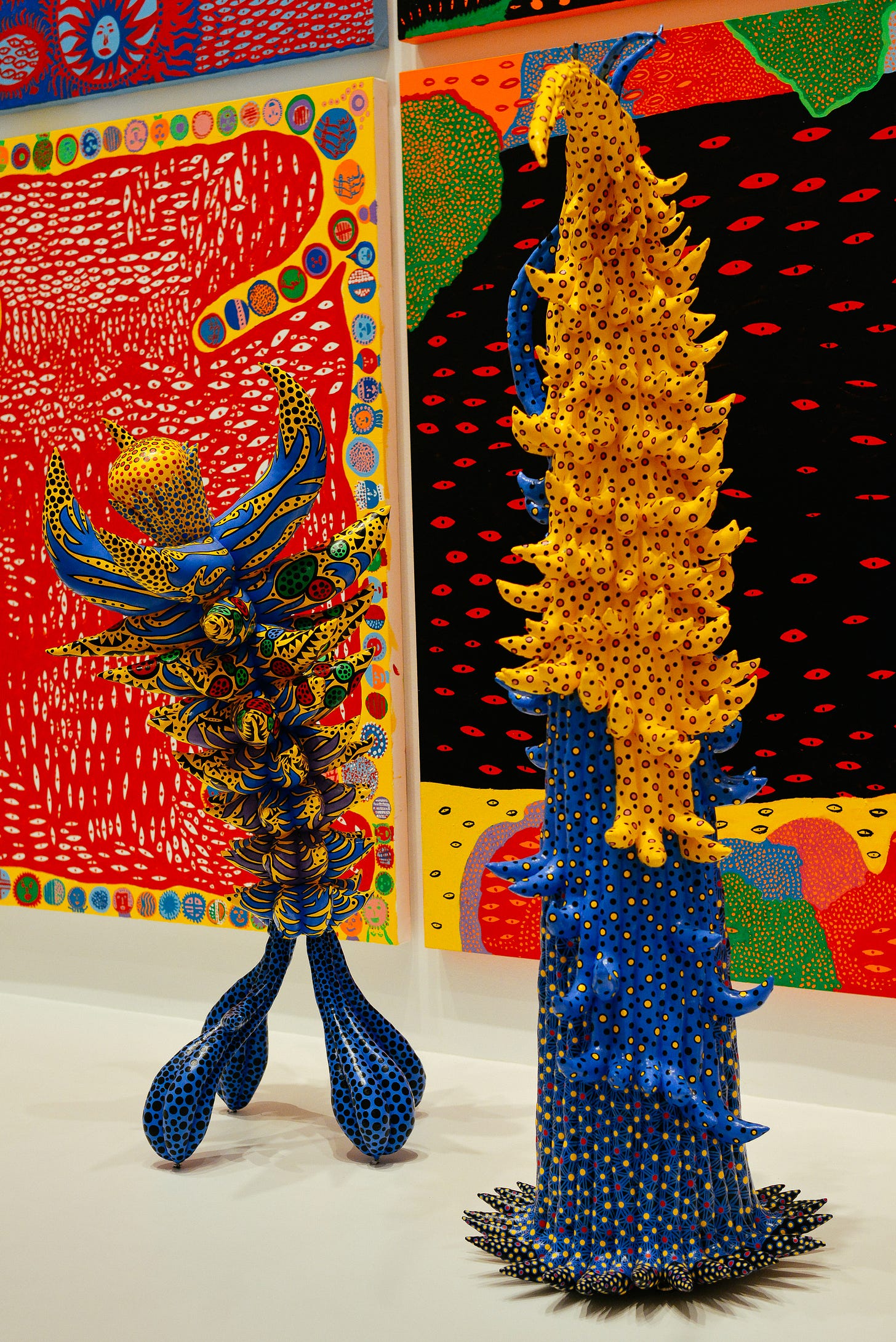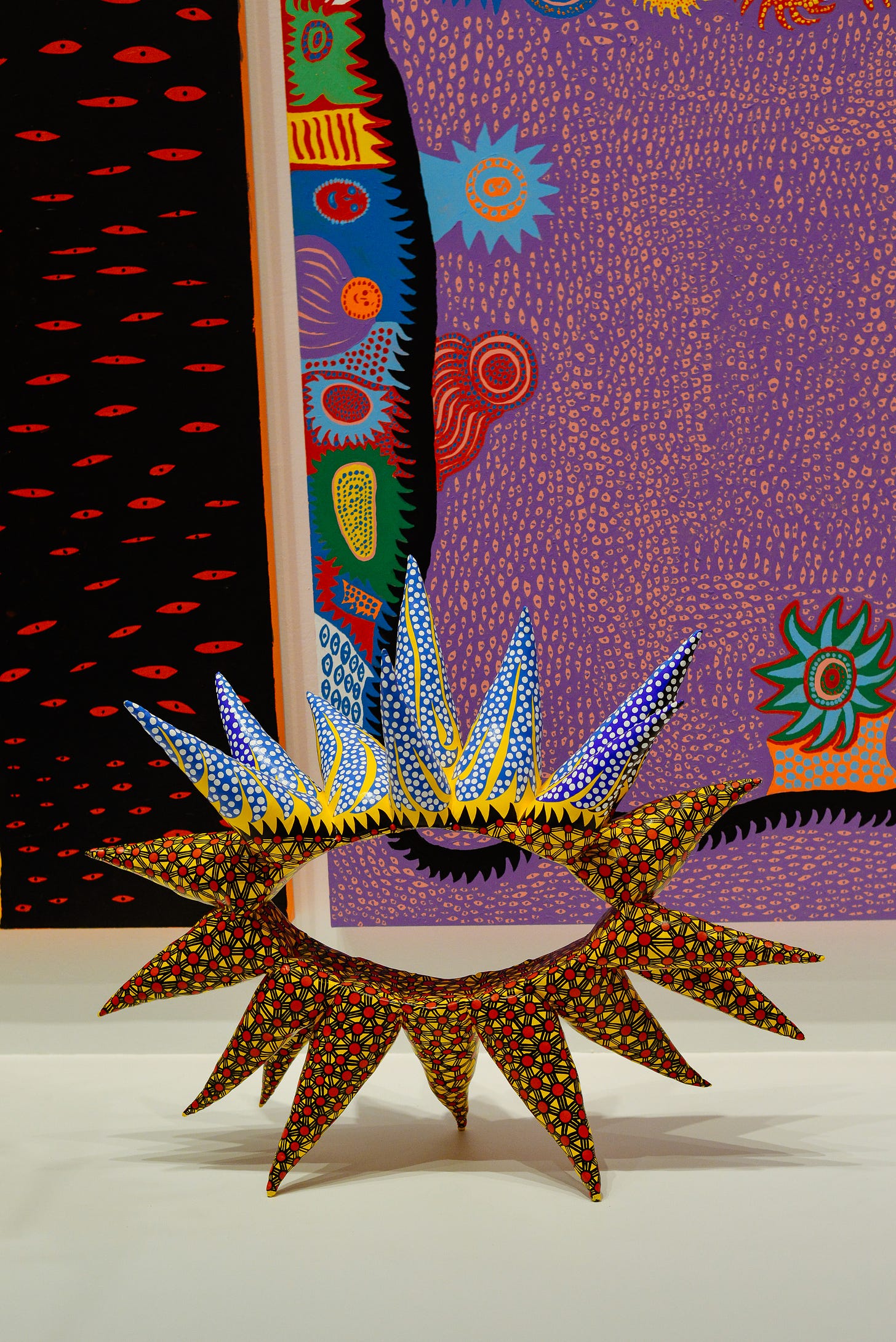Yayoi Kusama is a renowned Japanese artist celebrated for her distinctive style, characterized by vibrant colors, repetitive patterns, and immersive installations. Born on March 22, 1929, in Matsumoto, Japan, Kusama began creating art at a young age, inspired by vivid hallucinations she experienced. Her work spans painting, sculpture, performance art, and installation, often exploring themes of infinity, mental health, and the interconnectedness of life.
Kusama gained prominence in the 1960s avant-garde scene in New York, influencing the pop art and minimalist movements. Her famous "Infinity Rooms" and polka dot motifs have become iconic. With a career spanning over seven decades, Kusama remains a pivotal figure in contemporary art, blending personal experiences with universal themes.
We were lucky enough to be invited along for a preview of Australia’s largest exhibition of Kusama at The National Gallery of Victoria.
‘Our earth is only one polka dot among a million stars in the cosmos. Polka dots are a way to infinity. When we obliterate nature and our bodies with polka dots, we become part of the unity of our environment’.
Yayoi Kusama has openly discussed her lifelong struggles with psychological issues, which have profoundly influenced her art. From a young age, Kusama experienced vivid hallucinations, including visions of fields of dots, patterns, and repetitive imagery that she described as engulfing her surroundings. These hallucinations, combined with obsessive thoughts, became both a source of distress and creative inspiration, shaping her signature artistic style.
Kusama has been diagnosed with obsessive-compulsive disorder (OCD) and has battled anxiety and depression throughout her life. In 1977, she voluntarily admitted herself to a psychiatric hospital in Tokyo, where she has lived ever since. The hospital provides her with a sense of stability, allowing her to focus on her art in an adjacent studio.
Her psychological challenges are deeply integrated into her work, as she often uses art as a form of self-therapy. Kusama's repetitive patterns, infinity nets, and immersive installations reflect her internal struggles, aiming to externalize and process the mental chaos she experiences. Despite these challenges, Kusama has transformed her vulnerabilities into a source of strength, achieving global recognition and touching audiences with her raw and deeply personal expression.
Narcissus Garden - Narcissus Garden by Yayoi Kusama is an iconic installation first presented in 1966 at the Venice Biennale, where she staged an unauthorized performance. The artwork consists of hundreds of reflective silver spheres spread across the ground, creating a field of mirrored orbs that distort and reflect the environment and viewers. Kusama, dressed in a gold kimono, sold the spheres to passersby for a modest price, critiquing the commercialization of art and vanity. The title references the Greek myth of Narcissus, emphasizing themes of self-obsession, reflection, and the fleeting nature of identity. Over time, Narcissus Garden has been recreated in various settings, maintaining its relevance as both a critique and an immersive experience.
When we first entered the exhibition James was asked if he was excited to see the kids exhibition, “It will be so much fun to be able to touch everything”. James being James (and 4) thought this meant everything inside the entire gallery and went and picked up a silver ball. No one died. We all survived.
Exhibition part one
I love Kusama’s obsessed with repetition and composition. Having suffered from OCD in my early 20s her work taps into the neurotic tendencies and makes me feel so calm. This was one of my favourite pieces from the exhibition.
Part two
My favourite piece of the entire exhibition. It’s so different from her usual simplistic pumpkin sculptures. I had never seen these works before. So complex and engaging.





